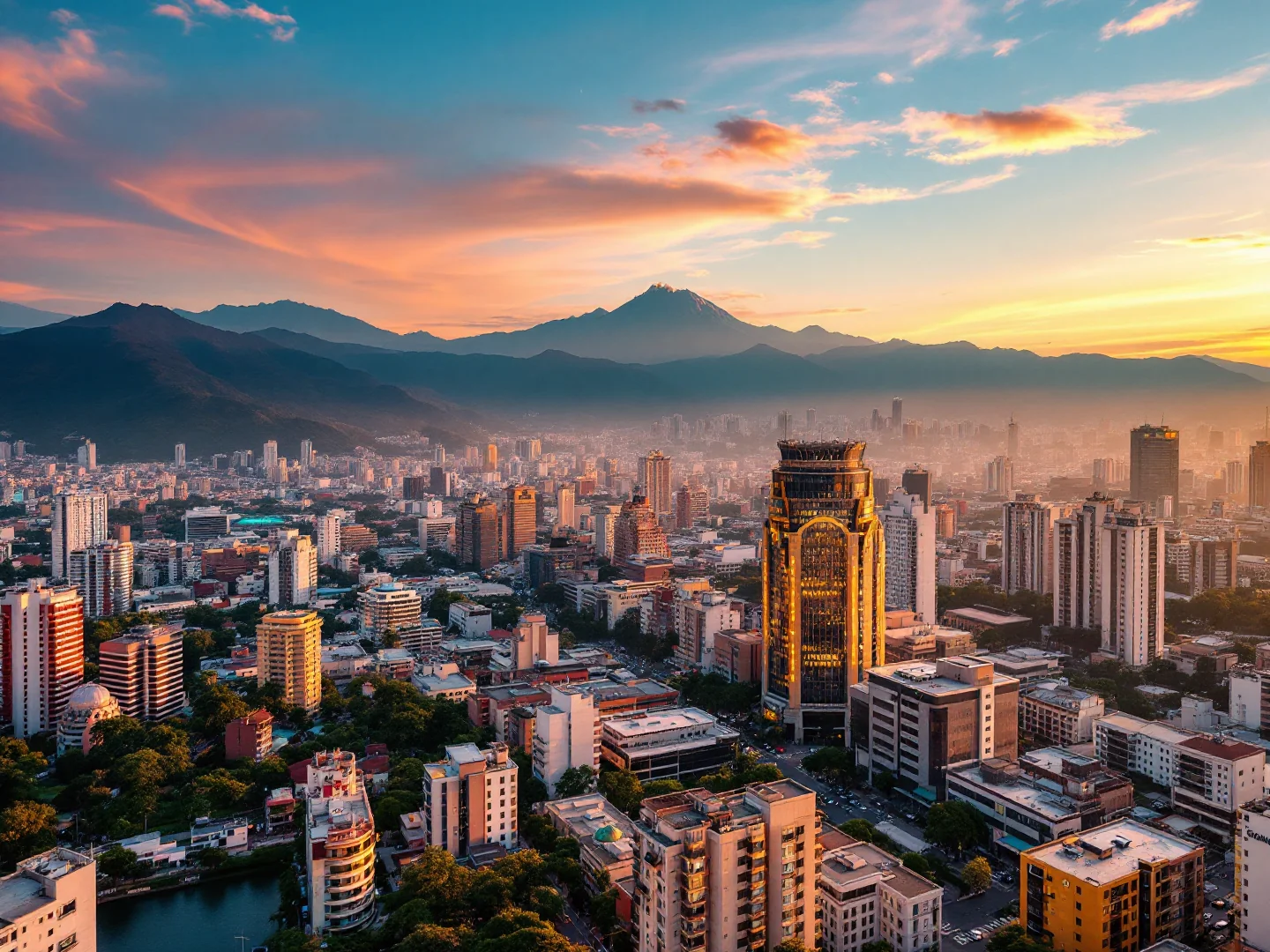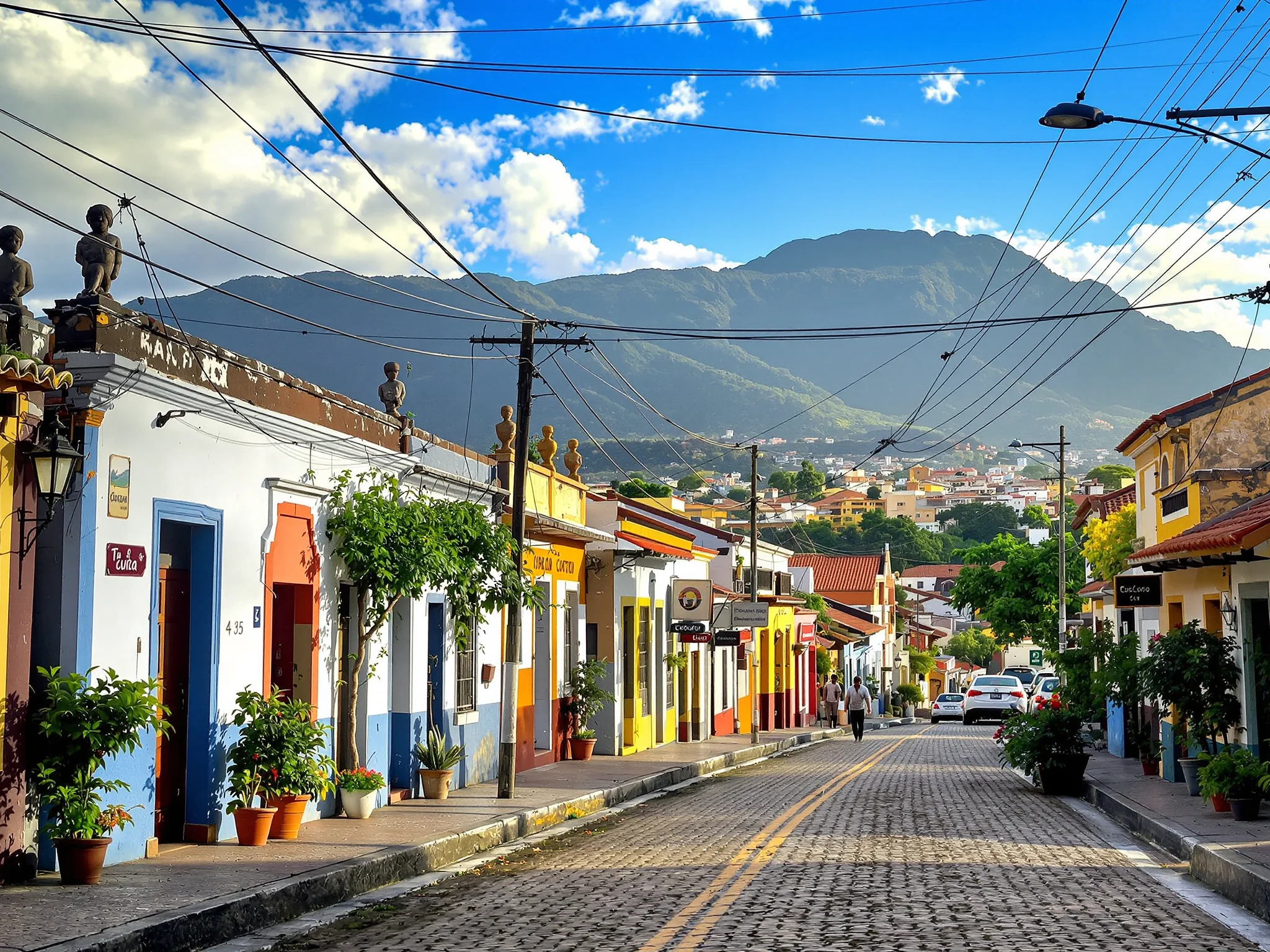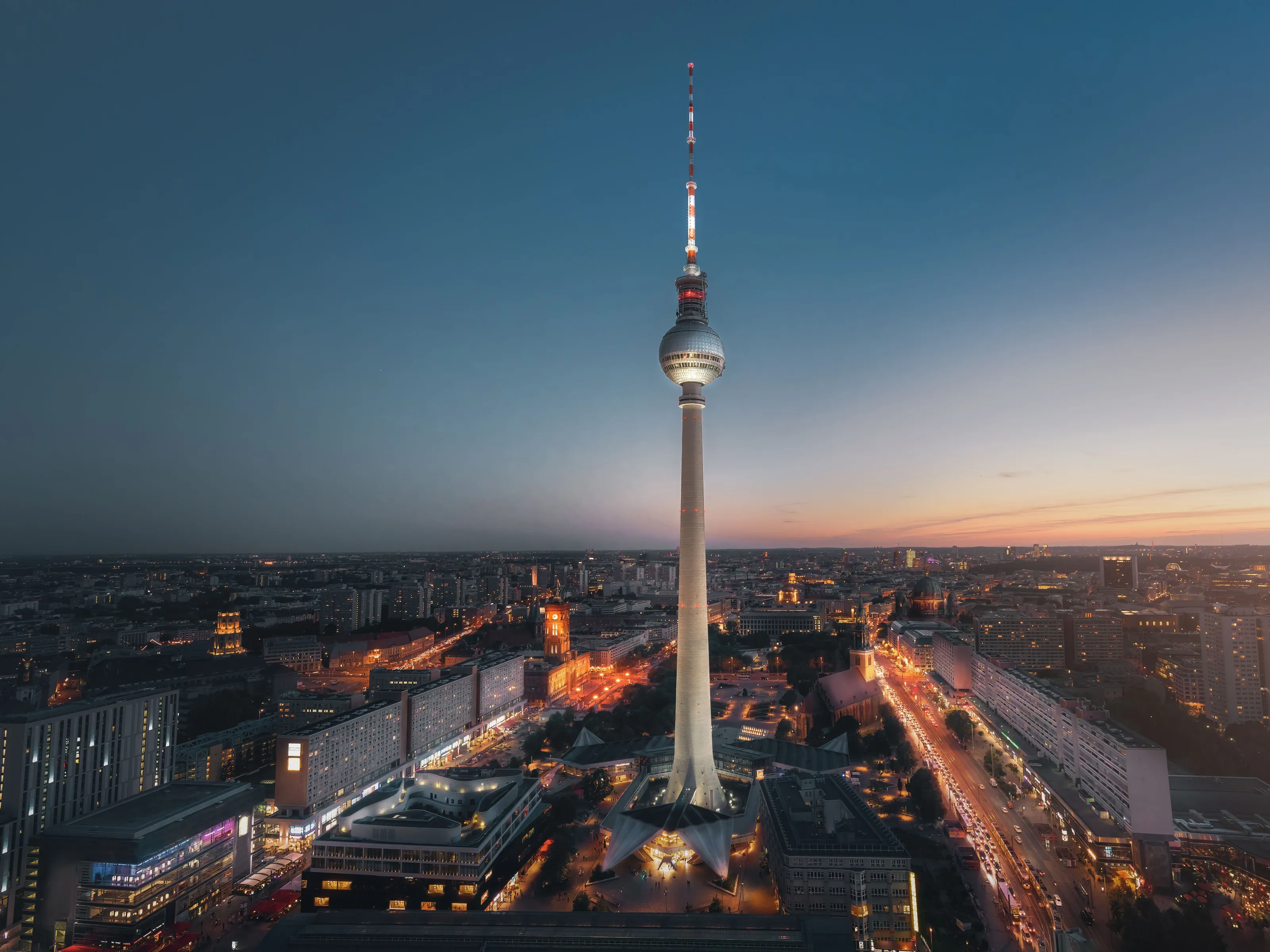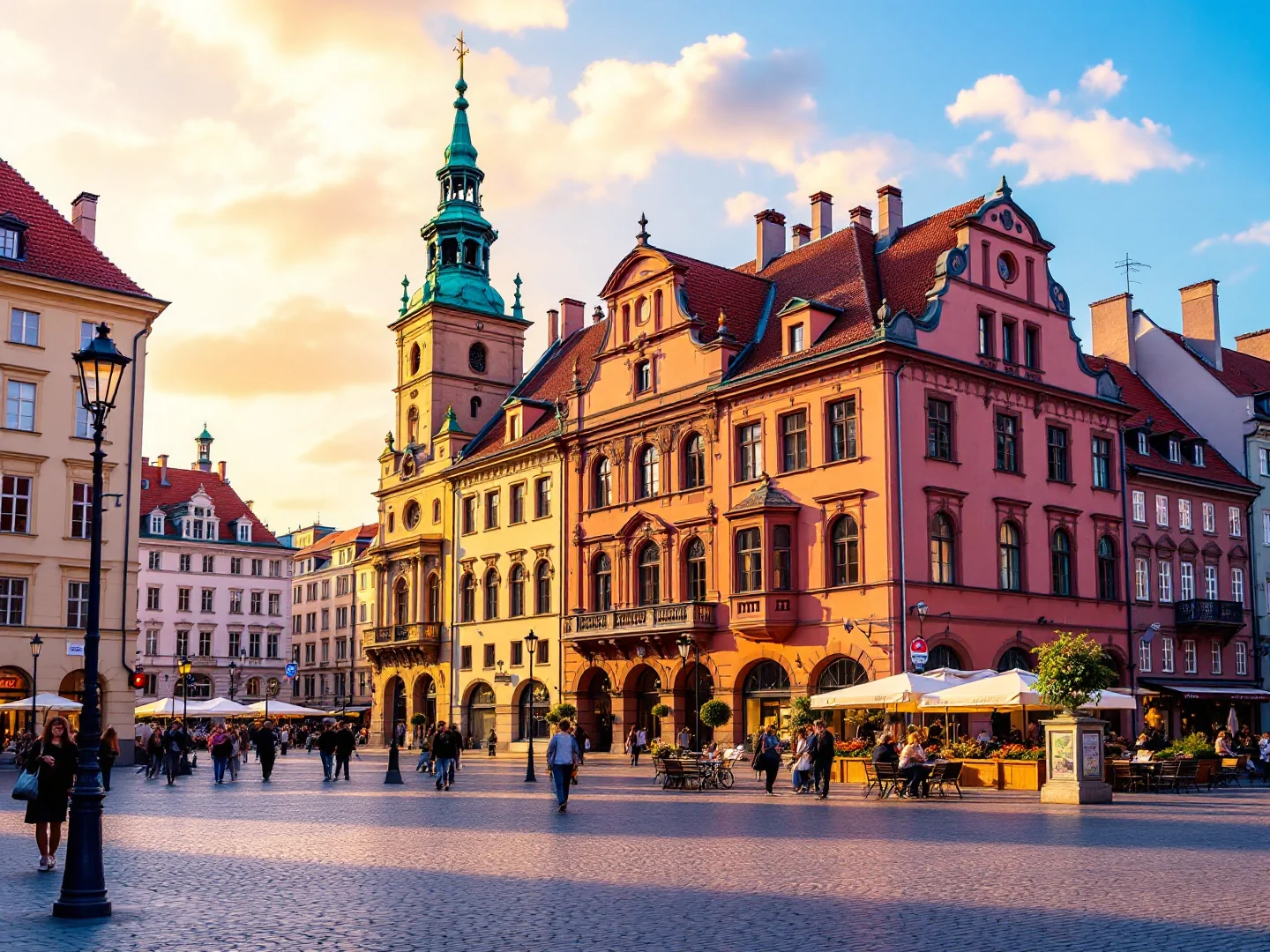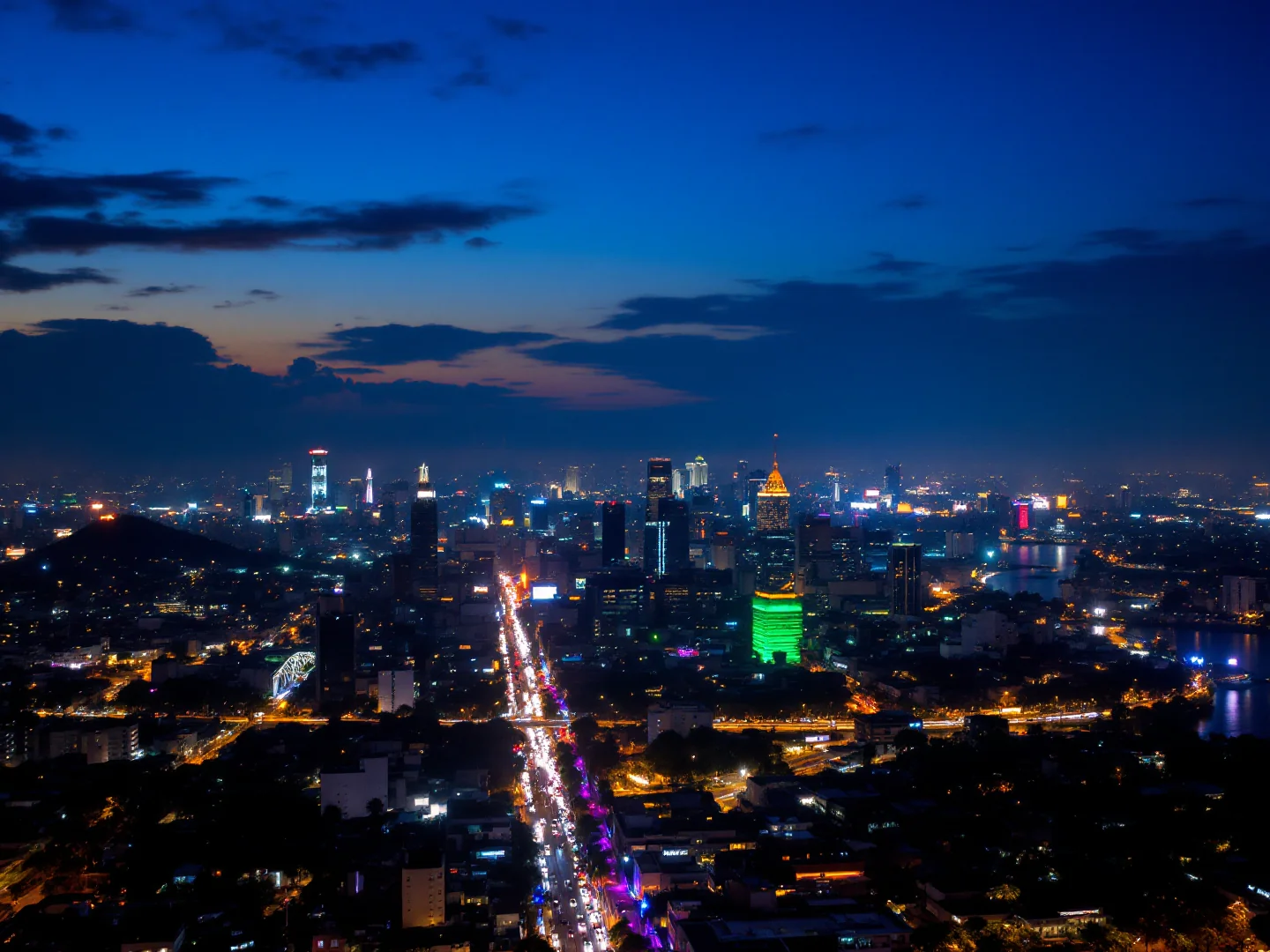Why Visit Bogotá?
Bogotá commands as Colombia's Andean capital where 8 million people thrive at 2,640m elevation amid colonial La Candelaria cobblestones, world-class Gold Museum displaying 55,000 pre-Columbian pieces, street art that transforms brick walls into political murals, and a burgeoning food scene where chefs reinvent ajiaco soup and bandeja paisa plates in hipster Zona G restaurants. The sprawling metropolis stretches between green mountains—take the Monserrate cable car or funicular (20,000 COP return Mon-Sat; 12,000 COP Sundays) to 3,152m for panoramic city views and the white hilltop church where pilgrims seek miracles on Sundays. La Candelaria's historic heart concentrates colonial gems: Plaza Bolívar anchors government buildings and cathedral, Museo del Oro (Gold Museum, 5,000 COP Tue-Sat, free Sundays, closed Mondays) dazzles with golden El Dorado artifacts in dramatically lit rooms explaining pre-Columbian civilizations, and Botero Museum (free) showcases Fernando Botero's famously plump figures plus Picassos and Monets in his donated collection.
Yet Bogotá pulses beyond tourist zones—Zona Rosa's T-zone offers upscale shopping and clubs where salsa lessons precede all-night dancing, Usaquén's Sunday flea market fills colonial plaza with crafts and live music, and Ciclovía closes 120km of streets to cars every Sunday morning so millions bike, skate, and walk free. The street art scene rivals any global city: take graffiti tours (50,000-80,000 COP/$12–$20) through gritty-turned-cool neighborhoods like La Candelaria where Justin Bieber's unauthorized mural sparked international incident (authorities painted over it—locals protested), or explore independently in Teusaquillo. Food culture evolved dramatically: beyond traditional changua (milk-egg soup) and tamales for breakfast, modern Colombian cuisine at restaurants like Leo (reservations essential, tasting menu 300,000 COP/$75) and Andrés Carne de Res (massive party-restaurant outside city, transport included in experience) attracts global foodies.
Coffee shops naturally abound—Colombia's specialty beans finally staying domestic at Azahar, Amor Perfecto, Catación Pública. Day trips reach Zipaquirá's underground Salt Cathedral (1hr north, passport packages 118,000-150,000 COP, carved entirely in salt mine 180m deep) or Guatavita Lake (2hrs, the actual El Dorado legend origin). Safety improved massively since 1990s violence, though awareness remains essential: avoid sketchy neighborhoods, don't flash valuables, use authorized taxis or Uber, and don't walk alone at night in deserted areas.
With no visa required for most nationalities (90 days), Spanish language (limited English outside high-end hotels), Colombian peso currency (volatile—check rates), and moderate climate year-round (14-19°C at altitude—pack layers and rain jacket), Bogotá delivers urban Latin American energy where troubled past transforms into creative future.
What to Do
Museums & History
Gold Museum (Museo del Oro)
World-class collection of 55,000+ pre-Columbian gold artifacts—masks, jewelry, El Dorado offerings—in dramatically lit galleries. Entry COP 5,000 Tue-Sat; free for everyone on Sundays; kids under 12 and seniors 60+ always free. Closed Mondays (even holidays). Open Tue-Sat 9am-7pm (last entry 6pm), Sun/holidays 10am-5pm (last entry 4pm). English explanations available. Allow 2-3 hours. Highlights: El Dorado raft (Muisca ritual gold piece), golden masks, and regional galleries showing different indigenous cultures. Air-conditioned respite from Bogotá heat. Photography allowed. Essential stop for understanding pre-Columbian Colombia. Combine with nearby Plaza Bolívar.
Botero Museum & La Candelaria
Free museum showcasing Fernando Botero's famously plump figures plus his personal collection (Picassos, Monets, Renoirs). Located in La Candelaria colonial quarter. Open Monday, Wednesday & Saturday 9am-7pm; Sunday 10am-5pm; closed Tuesdays. Allow 1-2 hours. Walk La Candelaria's cobblestone streets, colorful colonial buildings, and street art. Free walking tours depart Plaza del Chorro de Quevedo daily (~COP 30,000 tip expected). Neighborhood safe daytime, less so after dark—take taxis at night.
Zipaquirá Salt Cathedral
Stunning underground Catholic church carved 180 meters deep in salt mine, 50km north of Bogotá. Entry now uses passport packages starting around 118,000 COP for foreign adults (Basic), with Standard and Premium options up to 150,000 COP including extras like audio guide, museums, mapping show and train. Tour buses (COP 70,000-100,000 with transport, 5-6 hours round trip) or cheaper public train (Tren de la Sabana, weekends only, COP 54,000 return). Cathedral has massive salt-carved crosses, Stations of the Cross, and illuminated domes. Cool underground (14°C)—bring layer. One of Colombia's most impressive sites. Allow 2-3 hours including tour. Book tours online for English guides.
Views & Mountains
Monserrate Cable Car/Funicular
Cable car or funicular ascending 3,152m peak overlooking Bogotá (city at 2,640m). Return tickets cost about 20,000 COP Mon-Sat and 12,000 COP on Sundays; one-way tickets are half that. The trail is free if you hike up (open every day except Tuesday, 5:00-13:00 up; 5:00-16:00 down; 2-3 hours steep climb). Summit has white sanctuary church, restaurants, and souvenir stalls. Views spectacular—see entire city sprawl. Best clear morning (7-10am) or sunset. Altitude can affect some visitors—drink water. Security improved (used to be unsafe to hike)—groups okay, solo hikers check current conditions.
Ciclovía Sundays
Every Sunday and public holiday, 120km of Bogotá streets close to cars 7am-2pm for cyclists, joggers, and walkers. Millions participate—it's a massive weekly festival. Free. Rent bikes (COP 15,000-30,000/hour) or join aerobics classes in parks. Stretches connect city north-south. Carrera 7 and Calle 100 busiest. Street vendors sell arepas, empanadas, fresh juice. Unique Bogotá tradition since 1974—one of world's largest car-free events. Locals picnic in parks, families bike together. Best cultural immersion experience. Bring sunscreen and water.
Neighborhoods & Street Art
La Candelaria Graffiti & Street Art
Bogotá's street art scene is world-class—massive murals cover entire buildings with political messages, indigenous themes, and vibrant colors. La Candelaria neighborhood concentrates best pieces. Free walking graffiti tours depart daily (tip-based, COP 30,000-50,000 expected). Famous sites: Justin Bieber mural controversy (painted over by authorities, new art replaced it), Calle del Embudo alley. Bogotá Graffiti Tours offers excellent English guides. Best afternoon (2-5pm) for light on walls. Don't wander alone too late—some areas sketchy. Photography encouraged—artists appreciate exposure.
Usaquén Sunday Market & Food
Northern neighborhood (once separate town) with Sunday flea market 9am-4pm. Artisan crafts, jewelry, street food, and live music fill colonial plaza. Browse antiques, buy emeralds (Colombia famous for them—beware fakes), eat arepas and empanadas. Restaurants surround plaza—lunch COP 35,000-60,000. Safer, more upscale vibe than La Candelaria. Take TransMilenio to Portal del Norte, then taxi/Uber. Combine with nearby Hacienda Santa Bárbara shopping mall. Perfect Sunday morning activity.
Zona Rosa (Zona T) Nightlife
Upscale district shaped like 'T' where Carrera 13 meets Calle 82/83. International restaurants, clubs, and bars. Salsa clubs teach lessons 8-9pm, then party till dawn (COP 30,000-50,000 cover). Andrés Carne de Res D.C. (not original) offers Colombian party-restaurant experience. Theatron (gay megaclub, 13 floors). Dress well—bouncers strict. Safe area—police presence. Taxi/Uber recommended (COP 15,000-25,000 from La Candelaria). Peak Friday-Saturday midnight-4am.
Gallery
Travel Information
Getting There
- Airports: BOG
Best Time to Visit
December, January, February, July, August
Climate: Moderate
Weather by Month
| Month | High | Low | Rainy days | Condition |
|---|---|---|---|---|
| January | 20°C | 8°C | 12 | Excellent (best) |
| February | 21°C | 8°C | 13 | Excellent (best) |
| March | 21°C | 9°C | 22 | Wet |
| April | 20°C | 9°C | 13 | Wet |
| May | 19°C | 9°C | 17 | Wet |
| June | 19°C | 8°C | 13 | Wet |
| July | 19°C | 8°C | 14 | Excellent (best) |
| August | 20°C | 8°C | 11 | Excellent (best) |
| September | 20°C | 7°C | 5 | Good |
| October | 20°C | 8°C | 11 | Good |
| November | 19°C | 9°C | 19 | Wet |
| December | 20°C | 7°C | 13 | Excellent (best) |
Weather data: Open-Meteo Archive (2020-2024) • Open-Meteo.com (CC BY 4.0) • Historical avg. 2020–2024
Budget
Excludes flights
Visa Requirements
Visa-free for EU citizens
💡 🌍 Traveler Tip (November 2025): Plan ahead: December is coming up and offers ideal weather.
Practical Information
Getting There
El Dorado International Airport (BOG) is 15km west of center. TransMilenio bus to city 3,200 COP (about $1 / US$1), 1hr, crowded with luggage. Taxis 30,000-50,000 COP/$8–$14 (30-45min, use official yellow cabs at taxi desk inside airport—negotiate price before leaving). Uber/Cabify work (cheaper than official taxis but drivers ask you sit in front to avoid detection). International flights via Madrid, Paris, Amsterdam, or US gateways (Miami, Houston). Many start Colombia here then travel to Cartagena (1hr flight), Medellín (1hr flight), or Coffee Region (30min flight).
Getting Around
TransMilenio BRT (Bus Rapid Transit): extensive, affordable (fare is now 3,200 COP per ride; passes and subsidies like TransMiPass can lower this for frequent users), crowded, watch for pickpockets. Requires rechargeable card. Metro opening 2024 (first line). Taxis: cheap but use ONLY Uber/Cabify or hotel taxis (safety issue). Yellow cabs from street risky—some rob tourists. Uber technically illegal but widely used (sit in front, don't mention app to driver). Walking: La Candelaria walkable, other neighborhoods far apart (city is huge). Bicycle: Ciclovía Sundays (120km car-free streets), bike rentals available. Most tourists use Uber for safety and convenience.
Money & Payments
Colombian Peso (COP, $). Exchange: $1 ≈ 4,100 COP, $1 ≈ 4,000 COP (fluctuates significantly). ATMs everywhere (withdraw max—fees apply, 900,000 COP/withdrawal limit common). Cards accepted at hotels, restaurants, malls; carry cash for street food, markets, small shops. Tipping: 10% restaurants (sometimes included as propina voluntaria—check bill), round up taxis, 5,000 COP for guides. Bargaining at markets. Budget 150,000-250,000 COP/$40–$66/day for mid-range travel.
Language
Spanish is official. Very limited English outside upscale hotels and tourist areas. Translation apps essential. Colombians speak fast—even Spanish speakers find it challenging. Basic Spanish necessary for restaurants, taxis, shops. Young people in Zona Rosa have some English. Learn: Hola, Gracias, ¿Cuánto cuesta? (how much?), La cuenta por favor (the bill please). Communication challenging but Colombians friendly and patient with attempts.
Cultural Tips
Safety: don't flash valuables, watch bags in crowds, use Uber not street taxis, avoid sketchy neighborhoods, don't accept drinks from strangers (spiking happens), and watch belongings in La Candelaria. Friendliness: Colombians warm and welcoming—conversation flows easily. Tinto: tiny cup of black coffee (2,000 COP), everywhere, drink it standing at street carts. Aguardiente: anise-flavored spirit—national drink, social lubricant. Salsa dancing: Bogotá less salsa-obsessed than Cali but clubs in Zona Rosa offer lessons. Punctuality: flexible (Colombian time—30min late is normal). Dress: Bogotános dress well—avoid beachwear downtown. Altitude: bring layers (cool mornings, warm afternoons, cold nights). Rain jacket essential. Traffic: chaotic, crossing streets is sport. Gringo tax: sometimes foreigners charged more—check prices. Bogotá improving rapidly—embrace the energy!
Perfect 3-Day Bogotá Itinerary
Day 1: La Candelaria & Museums
Day 2: Street Art & Neighborhoods
Day 3: Salt Cathedral Day Trip
Where to Stay in Bogotá
La Candelaria
Best for: Colonial historic center, museums, street art, hostels, tourist hub, walkable, charming but watch belongings
Zona Rosa / Zona T
Best for: Upscale nightlife, shopping, restaurants, clubs, LGBTQ+ scene, safe, modern, wealthy area
Usaquén
Best for: Boutique neighborhood, Sunday flea market, colonial plaza, cafés, family-friendly, residential charm
Chapinero
Best for: Hip alternative scene, LGBTQ+ friendly, craft beer bars, cafés, younger crowd, gentrifying
Frequently Asked Questions
Do I need a visa to visit Colombia?
What is the best time to visit Bogotá?
How much does a trip to Bogotá cost per day?
Is Bogotá safe for tourists?
What should I know about altitude in Bogotá?
Popular Activities
Top-rated tours and experiences in Bogotá
Ready to Visit Bogotá?
Book your flights, accommodation, and activities

